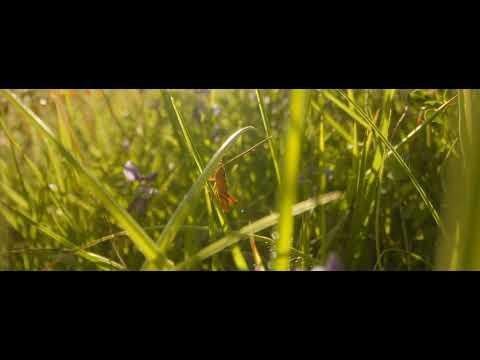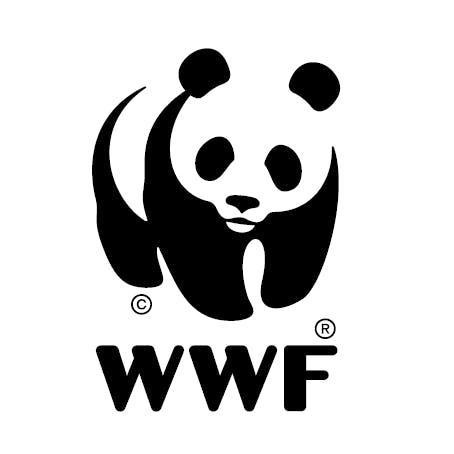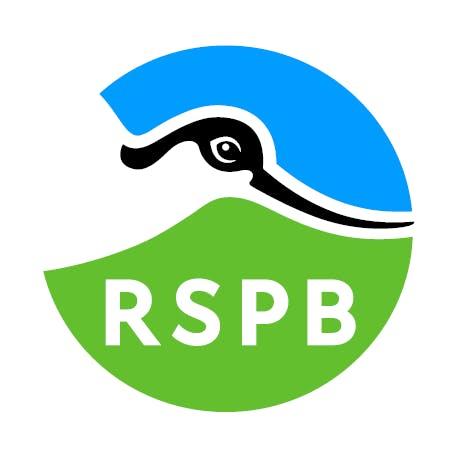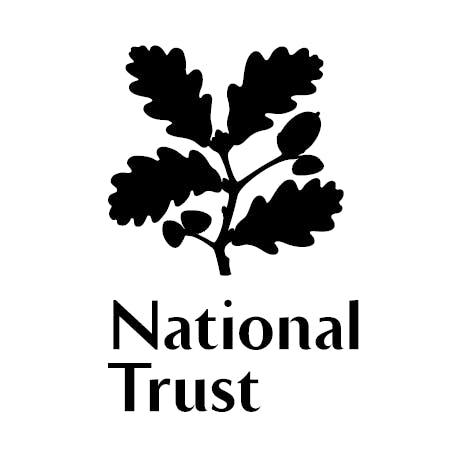Grasslands
Rich in biodiversity, wild grasslands are an enormously valuable habitat.
Every plant, insect, bird and mammal they support plays an important role in our ecosystem. But these grasslands rich with species have almost disappeared, and we need to conserve what's left.
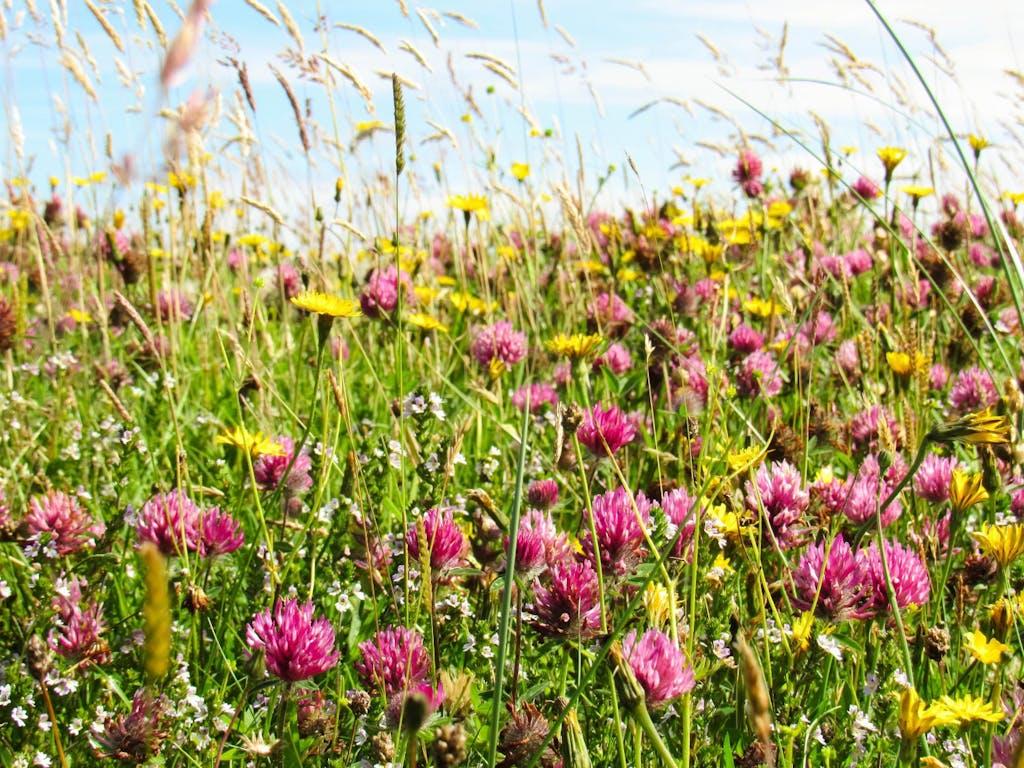

Wildlife havens
There’s plenty of grass in the UK: in gardens, on roadside verges, and in playing fields and city parks. But these aren’t the species-rich grasslands we’re referring to.
True grassland habitats – from native wildflower meadows to chalk downland – are scarce havens for wildlife. Insects and rare butterflies rely on the abundant flowering plants, while higher up the food chain barn owls scour the tall grasses for food, and even golden eagles can be found soaring over open plains.
Rarer still is the machair, a special type of coastal grassland formed by traditional croft farming on shell-sand soils. Found in the UK and Ireland, this irreplaceable habitat gives life to a world-class collection of flowers and wildlife and is one of the best breeding sites for wading birds anywhere in our wild isles.
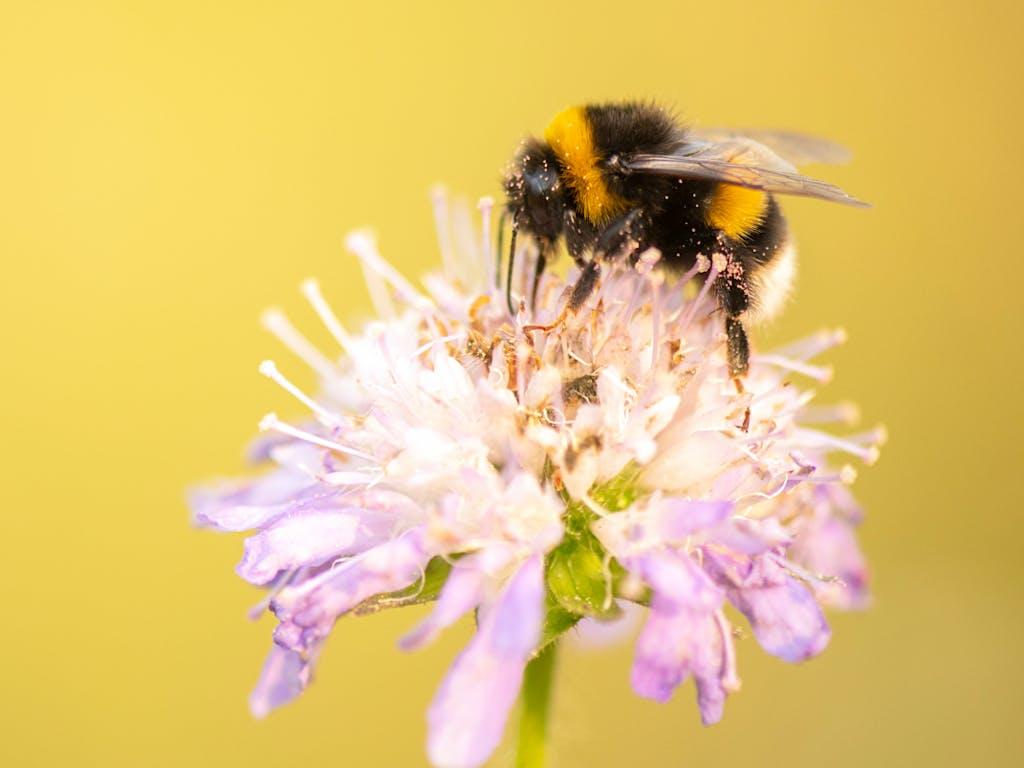

Vanishing diversity
Species-rich grasslands were once widespread in the UK. Today, it’s a very different picture. Our countryside fields might look green and vibrant, but many have lost the diverse nature they once held. Increasing development and pollution, as well as intensive farming methods and the government policies that shape them, have all played a part in their decline.
The numbers are a sharp wake-up call: since the 1930s, we’ve lost 97% of our wildflower meadows, and 50% of our butterfly species and 40% of the UK’s pollinating insects are now at risk of extinction. This devastating loss affects us too – the food we eat and our ability to tackle climate change are just two examples of what’s at stake.
But it’s not too late. By protecting and restoring our precious grasslands, and supporting farmers to do the same, we can help tackle climate change and create a better future for the many species that depend on our grasslands to survive - including us.
Grasslands in numbers
97%
of wildflower meadows have been lost since 1930's
1%
UK coverage of species-rich grassland
100%
global machair found in Scotland & Ireland
See who lives here
True grassland habitats like wildflower meadows and chalk downland are havens for wildlife.








